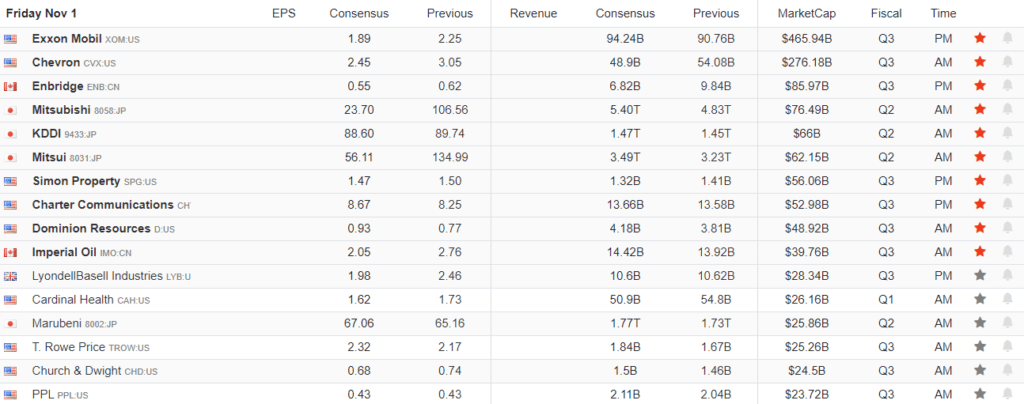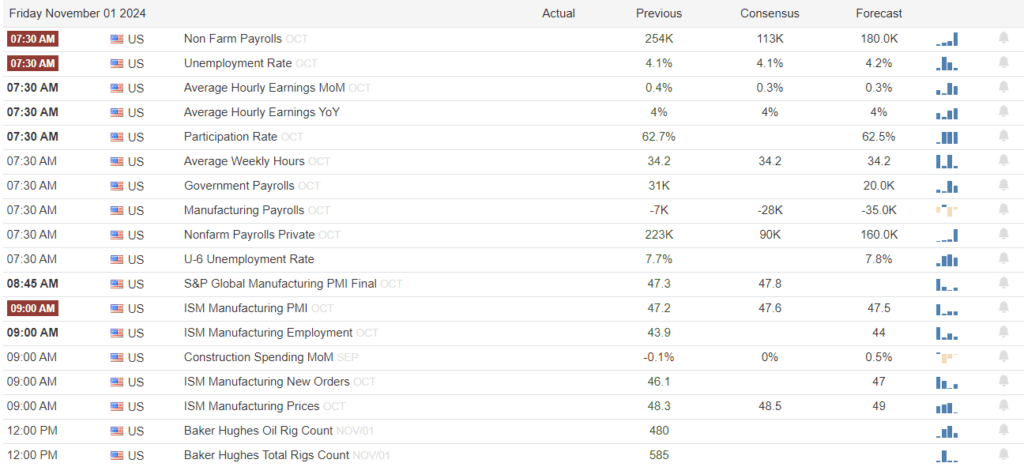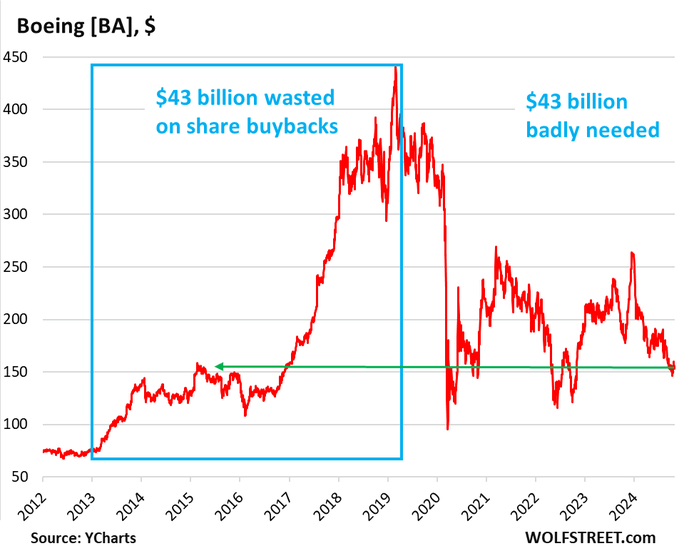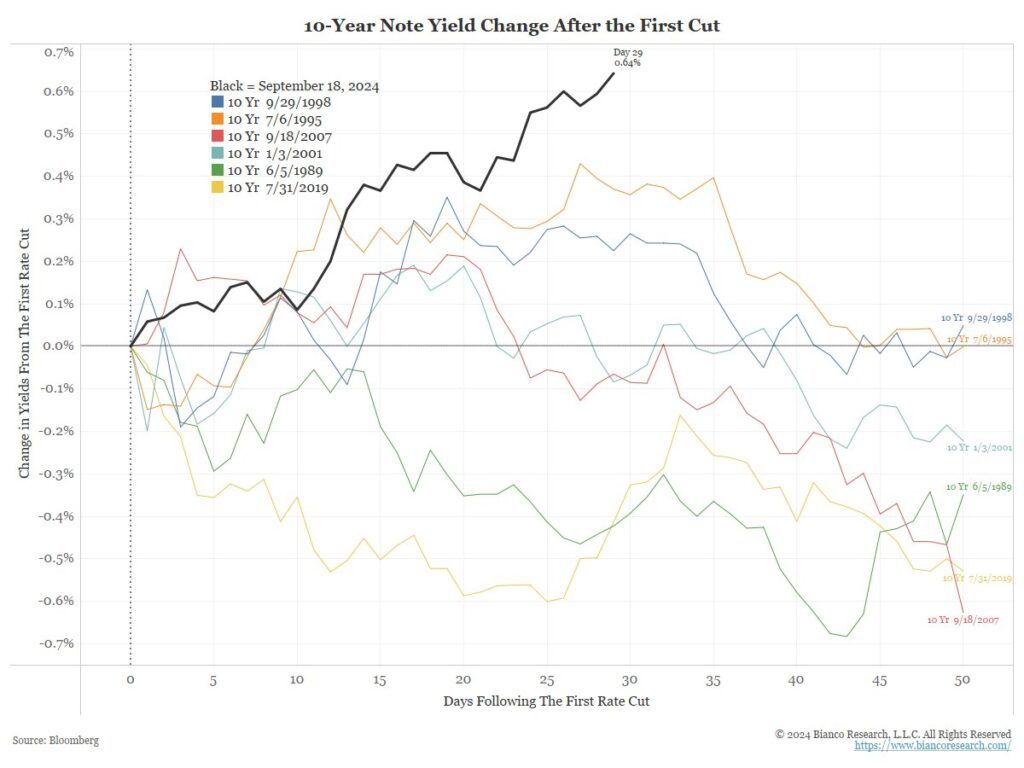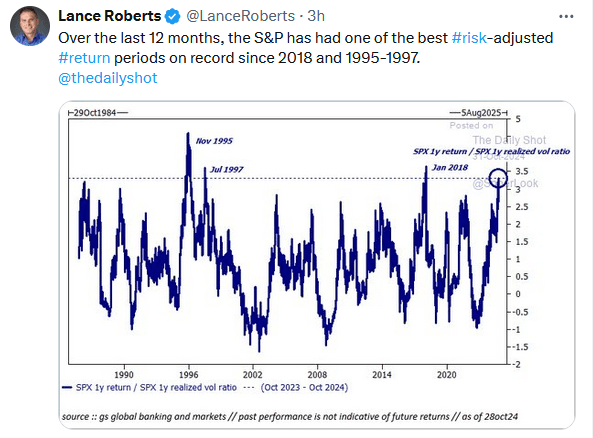PCE Price Index Is Back Into The Pre-Pandemic Range
It’s too early for the Fed to claim the infamous “mission accomplished” for inflation. However, yesterday’s PCE price index is now within the Fed’s mission accomplished range. The PCE price gauge rose 0.2% monthly and 2.1% year over year. That yearly rate is down 0.2% from last month and 0.6% over the previous six months. It is the lowest since February 2021 and within spitting distance of the Fed’s 2% target. The graph outlines the average (dotted line) for the 2010-2019 period and the one standard deviation range for more historical context. It’s fair to say the PCE price index is now on the high side of the range and within a normal band of the pre-pandemic period.
While the inflation data continue to decline, we are unlikely to hear the Fed taking a victory lap. Simply, it is too early. If they were to claim inflation is now at target, the market would likely assume the Fed has a clear path to significant rate cuts. While the Fed may be breathing a sigh of relief, the last thing they want to do is create anxiety in the inflation expectations markets. Inflation expectations can have an inflationary effect. We suspect another six months of a flat to declining PCE price index and CPI will be needed for the Fed to be publically comfortable with inflation.
What To Watch Today
Earnings
(Click on image to enlarge)
Economy
(Click on image to enlarge)
Market Trading Update
As noted yesterday, the market had been holding the 20-DMA as support. However, that ended yesterday, as earnings reports from Microsoft and Meta led to a selloff that took out that key support. Unsurprisingly, the support break triggered the algorithms to sell as pre-election derisking finally took hold. The good news is that the 50-DMA remains the next key support level but was tested yesterday. While the 100-DMA is just below, it is important for the markets to hold support at the 50-DMA. As we have been warned, the break of the previous rising wedge and the MACD “sell signal” suggested that risk was elevated for a corrective phase. While it can seem at times these signals are wrong, mostly, it is a function of timing.
With yesterday’s end-of-the-month trading and a slate of events over the next few days, from employment to the election and the next FOMC rate announcement, it is unsurprising that markets are “taking some chips off the table.” We suggest not overreacting to yesterday’s market move as the post-election factors still provide a bullish backdrop to the market into year-end.
Continue to manage exposures but remain allocated for now.
(Click on image to enlarge)
Boeing Offers Another Example Of Buybacks Gone Bad
From 1998 to 2019, Boeing bought back nearly half of their shares. Such a robust buy-back policy contributed to significant price growth of its stock, as shown below courtesy of Wolf Street. Since 2020, its share count has risen as investors have been diluted to help pay for losses and lawsuits related to its faulty aircraft. Earlier this week, Boeing announced an approximate $19 billion equity and convertible fundraising, which will dilute current shareholders by roughly 15%. The equity raise will help replenish its equity value, which has fallen to negative $23 billion. In other words, the value of its assets is $23 billion less than its liabilities.
We bring this up to discuss a drawback with buybacks. Had Boeing spent its earnings on its production facilities and invested more in technology, its recent problems may never have occurred. Furthermore, their growth trajectory and customer satisfaction would certainly be higher than they are. As the Wolf Street graph shows, Boeing stock is at 10-year lows. Most of the stock the company purchased was at higher prices than the price at which they just issued new shares. Simply, not only did they waste money on buybacks, but they set the company back significantly.
Providing Perspective To Higher Yields Following Rate Cuts
Jim Bianco’s graph below shows the yield change in ten-year notes following the first rate cut of each rate-cutting cycle since 1989. As shown, it’s not uncommon for yields to rise after the first cut. However, the recent incident is greater than the six previous examples. What might that mean?
Jim argues that the market is concerned that the Fed is too aggressive and “will overstimulate and create a resurgence of inflation, especially if Trump wins and fiscal and inflationary stimulus comes with it.” The counter to his comment is twofold. First, bond yields were greatly oversold technically going into the Fed meeting. It is hard to draw an apples-to-apples comparison without providing information on the technical situations surrounding the other examples. Second, he presumes that fiscal stimulus is inflationary. While the massive pandemic-related fiscal actions were certainly inflationary, they were against a backdrop of broken supply lines. Over the last forty years, excluding the pandemic, there is scant evidence that fiscal spending is inflationary. The negative multiplier economic thesis contends that it’s deflationary.
Tweet of the Day
More By This Author:
Corporate Buybacks: A Wolf In Sheep’s ClothingWill Halloween Fear Bring November Cheer For Bondholders?
Market Turbulence Ahead: Buckle Up
Disclaimer: Click here to read the full disclaimer.


